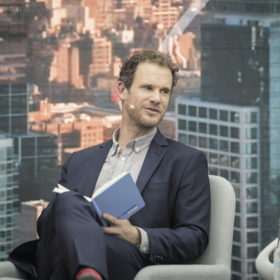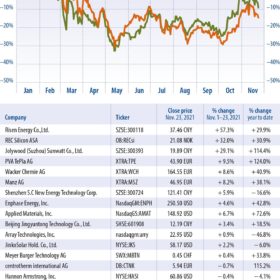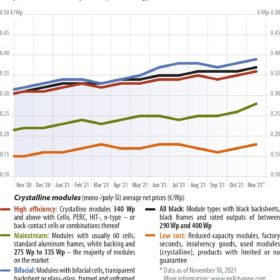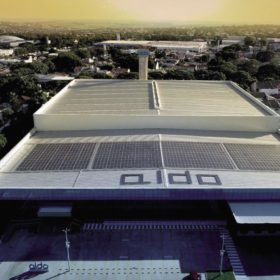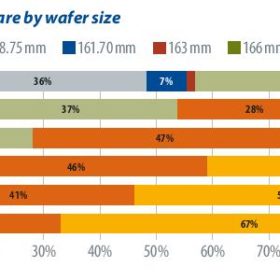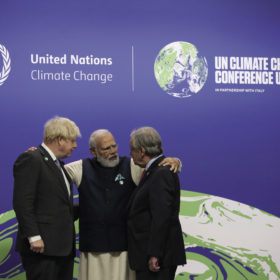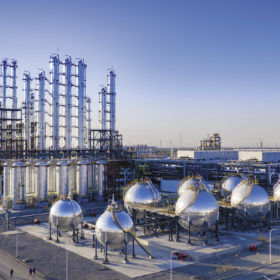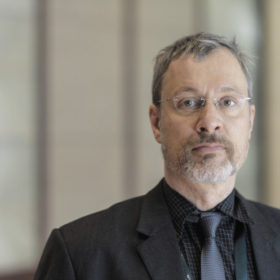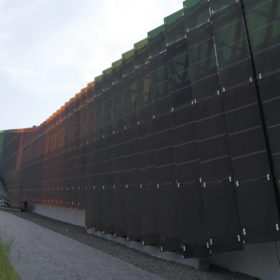Expansion despite interruptions
A supply chain interrupted by a multitude of factors, a COP outcome that left much to be desired, and a global economy and business environment still struggling to shake off the ongoing impacts of the Covid-19 pandemic. They’re hardly the ingredients for a year of expansion, yet as 2021 draws to a close, solar appears to have racked up another record year for installations.
Two sides to import tariffs
Solar stocks underperformed the broader markets in November, writes Jesse Pichel of ROTH Capital Partners. This is in large part thanks to uncertainty coming from the United States, where the Court of International Trade reinstated an exemption from import tariffs for bifacial modules – a decision that will likely see an appeal.
The price spiral winds up
The title of Martin Schachinger’s October market commentary was “Module prices set to rocket back to 2019 levels.” This month, he writes that prices have already reached December 2018 levels and notes that there is no reversal in sight. Prices for all module technologies have once again risen by an average of 3 percentage points since last month.
Brazil heads for an installation rush
Brazil’s deployment of distributed generation PV (below 5 MWp) has exploded from a total capacity of 500 MW in 2018 to 7 GW by September of this year. The trigger for this increase, alongside rocketing electricity prices, was the 2019 proposal of law 5829, writes IHS Markit analyst Angel Antonio Cancino. The proposal is expected to pass into law at the end of this year and will gradually introduce grid-access charges for residential and commercial system owners.
A 200 GW year in 2022
Structural imbalances in the supply chain and the energy intensity and consumption controls that China imposed in late September have caused prices for most PV module materials and components to continue to rise. Shipping fees and PV plant construction costs also remain high. PV plants in many regions will therefore be postponed until next year, but it remains unclear when module prices will start to fall. Despite these challenges, the global race to cut carbon emissions continues, and InfoLink’s Corrine Lin forecasts a bright future for PV deployments in 2022.
What COP26 means for solar
COP26 was either a great success or an abject failure, depending on who you talk to. What matters for the solar industry is the extent to which decisions agreed in the Glasgow Climate Pact are going to change the direction of the energy and financial sectors.
Development disrupted
It may be the best of times, or it’s the worst – it rather depends on who you talk to. Either way, 2021 has not been a dull year in the global solar industry. Polysilicon and commodities prices, shipping costs, tariffs, and energy shortages have all taken turns to give the supply chain a beating, but has it sent PV development off course?
China’s path to 100 GW
China is once again the focus of attention across the global solar PV industry. The country’s manufacturers have had a turbulent 2021, but domestic demand remains strong, particularly from the booming residential rooftop segment. Despite the supply challenges, China will likely reach 50 GW this year and possibly even 100 GW next year. Given the dynamic market and policy landscape, pv magazine publisher Eckhart K. Gouras recently caught up with long-time China solar expert Frank Haugwitz, the founder of the Asia Europe Clean Energy (Solar) Advisory (AECEA).
BIPV no refuge
Deployment in the building integrated PV segment is accelerating, and so too are the number of solar products available to architects and developers. And while BIPV had long been the segment in which an array of thin-film technologies could shine, they are now in increasingly stiff competition with crystalline silicon rivals.
Headroom on heat pumps
Heat pumps can now achieve sufficiently high flow temperatures to operate most heating systems, even in older buildings. They are not yet highly efficient, but new refrigerants are expected to provide a remedy. This presents a number of challenges, but German researchers and industry participants are working on solutions to harness the power of heat pumps to keep people warm throughout the year.
